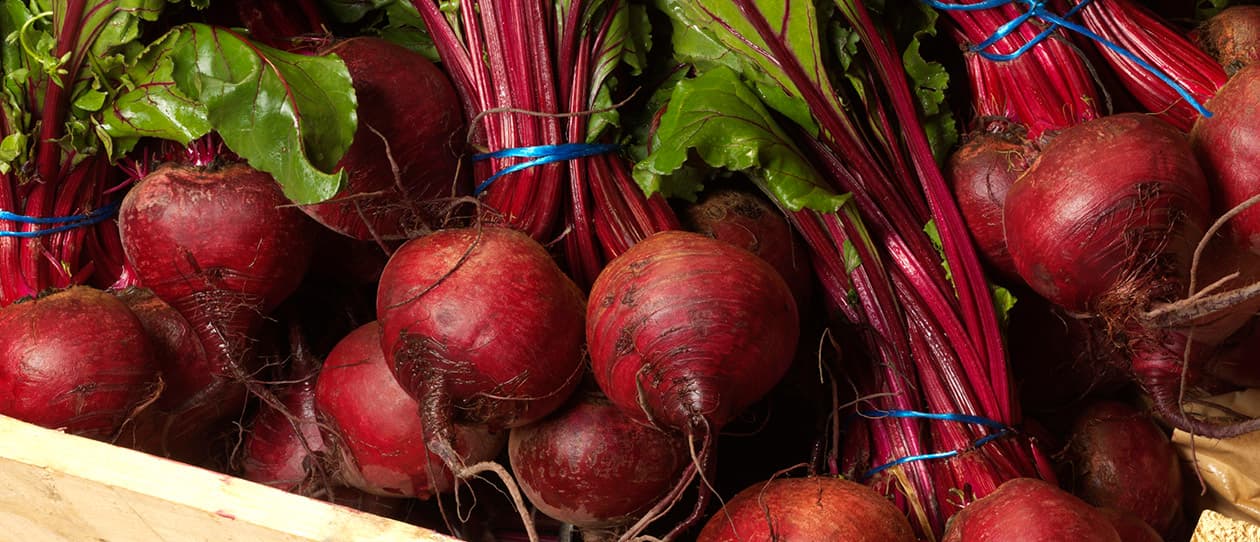
- Health hub/
- Tips & Advice on Improving your Everyday Health/
- Phytonutrients: What are they and why are scientists interested in them?


Way back around the 5th century BC, the father of Western medicine, Hippocrates, is thought to have said ‘Let food be your medicine and medicine be your food.’
Although there have been phases throughout history when Western medicine has all but ignored the importance of this concepts, modern research is proving more and more that we truly are what we eat.
Famous researchers such as Linus Pauling and Victor Rocine got the ball rolling in the early 20th century, and over the past 100 years nutritional research has got people singing the praises of the benefits of certain foods more than ever.
It appears the more we look into the impact of dietary habits on our population, a clear pattern is emerging. Many Australians (along with other Western populations) are consuming far too many kilojoules, whilst at the same time not getting enough nutrients. This is leading to problems with excess weight and nutrient deficiencies, both of which stack up to an increased risk of disease.
On a positive note, this trend has prompted researchers to investigate the associations between diet and disease prevention, healthy ageing and quality of life and long term health. This is where phytonutrients are beginning to take centre stage.
Phytonutrients
Grandma said ‘eat your veggies’, and no matter where they look, scientists seem to keep coming up with the same advice. Not only are vegetables low in kilojoules and high in vitamins and minerals, they contain plenty of phytonutrients, too.
Phytonutrients are plant-based substances that impart colour, taste and smell to our fruits and vegetables. For foodies out there, this could seem benefit enough, but it appears that many of these little compounds have therapeutic potential to boot. Scientists have discovered around 50,000 of these little blighters (there are believed to be more than 200,000), and have even been able to describe their individual therapeutic actions. Some of these actions include antioxidant, anti-inflammatory and anti-microbial effects.
Despite the large number, phytonutrients have been categorised into general classes. Although there have been thousands of studies conducted, we still know surprisingly little about their full benefits.
What we do know, however, is more than enough to inspire even the most hardened of cynics into heading down to the local greengrocer.
Want to know more? Here is a list of some types of phytonutrients, and where you can expect to find them:
| Phytonutrient Class | Main food sources | Benefits | |
| Carotenoids | |||
| Beta-carotene | Carrots, sweet potato, spinach, pumpkins, rockmelon, apricots | Antioxidant, may protect against UV radiation | |
| Lutein, zeaxanthin | Green leafy vegetables (eg kale, spinach), egg yolk | Antioxidant, may hellp support eye health |
|
| Lycopene | Tomatoes cooked with oil, watermelon, guava, pink grapefruit, papaya | Antioxidant Anti-inflammatory |
|
| Thiols/dithiols | |||
| Alpha-lipoic acid | Potato, spinach | Antioxidant, Recycles other antioxidants |
|
| Glutathione | Garlic, fruits, vegetables | Antioxidant | |
| Phenolic compounds (including flavonoids) | |||
| Phenolic acids | Most fruits and vegetables, especially the cruciferous (cabbage) family, tomatoes, berries | Antioxidant Anti-inflammatory |
|
| Polyphenols | Fruits and vegetables, wine, green tea, extra virgin olive oil, dark chocolate, cocoa | Anti-allergenic Antioxidant Anti-inflammatory |
|
| Anthocyans | Fruits and berries | Antioxidant | |
| Caffeic acid (phenolic acid) | Fruits (apples, pears, citrus), some grains and vegetables | Antioxidant Antiviral May contribute to maintenance of healthy vision. |
|
| Proanthocyanadins (catechin and epicatechin) | Fruits (apples, pears, grape seeds and peaches), vegetables, nuts, beans, seeds, flowers, tea, cocoa | Antioxidant, may stabilise capillary walls and aid wound healing. | |
| Quercetin | Onions, beans, red wine, green tea, black tea, apples, berries | Anti-allergic Anti-inflammatory Antioxidant Antiviral |
|
| Resveratrol | Red wine and red grape juice | Antifungal Anti-inflammatory Antioxidant |
|
| Isothiocyanates | |||
| Sulforaphane | Broccoli, broccoli sprouts, cauliflower, cabbage, kale, horseradish | Antioxidant | |
| Indoles | |||
| Cruciferous indoles (indole-3-carbinol) | Cabbage, broccoli, Brussels sprouts, Chinese cabbage, Chinese greens, kale | Antioxidant |
References available upon request




